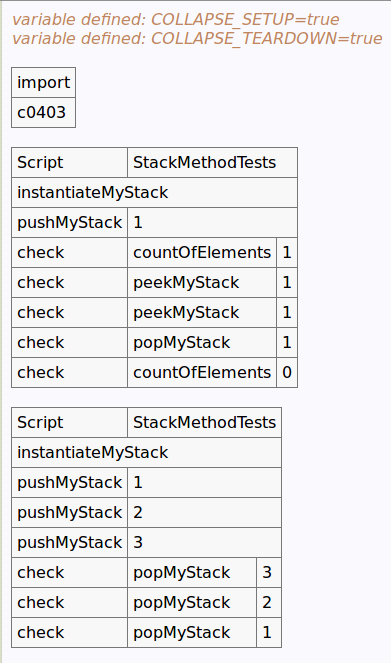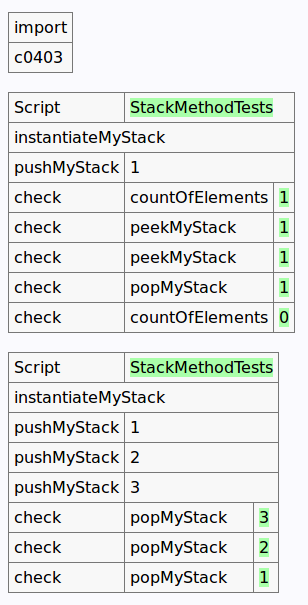通常关于矩阵的算法,时间复杂度都是 ,但是下面两个问题可以有
,但是下面两个问题可以有 的解法
的解法
1.这个问题是数据结构课的 story time 老师让思考的一个问题:
给定一个n*n的矩阵,矩阵中的每个元素都比它左边和上边所有的元素大,利用二分查找的思想判断矩阵中是否存在值K
大家很快说出从对角线上的元素开始判断,可是这样二分判断后,如果值不相等,得到一个L型的子矩阵,递归的过程无法继续,于是老师讲了下面这段话并说出答案:In designing a recursive algorithm, make sure you can repeat the strategy after the base case. 答案是从右上方的元素开始判断,伪代码如下:
Input: a matrix M with n rows and n columns, where M[i][k] < M[i][j], k < j and
M[k][j] < M[i][j], k < i. A given number K
Output: "yes", if number K is in the matrix; otherwise, "no"
binary_search_in_Matrix(int row, int column, int K)
if row > n or column < 0 then
return "no"
if K > M[i][j] then
binary_search_in_Matrix(row+1, column, K)
else if K < M[i][j] then
binary_search_in_Matrix(row, column-1, K)
else
return "yes"
最多2*n次基本操作,所以时间复杂度O(n)
2. 另一个相似的问题是《算法导论》上的作业,题目如下:
When an adjacency-matrix representation is used, most graph algorithms require time  , but there are some exceptions. Show that determining whether a directed graph G contains a "universal sink" - a vertex with in-degree |V| -1 and out-degree 0 - can be determined in time
, but there are some exceptions. Show that determining whether a directed graph G contains a "universal sink" - a vertex with in-degree |V| -1 and out-degree 0 - can be determined in time  , given an adjacency matrix of G.
, given an adjacency matrix of G.
算法伪代码如下:
Input: an adjacency matrix M of graph G
an array named flag to remember whether a vertx is universal sink
Output: "yes", if G contains an "universal sink"; otherwise, return "no"
while i < n and j < n
do if M[i][j] == 1 then// i can't be universal sink
i++
flag[i] <-- false
else // j can't be universal sink
j++
flag[j] <-- false
时间复杂度分析与上面的问题相似,为O(n)
 ,其中
,其中 是顶点
是顶点 的PageRank值,
的PageRank值, 是顶点
是顶点 的出度。
的出度。 其中
其中 是边
是边 的权重,
的权重, 是顶点
是顶点 的度数。
的度数。 的权重与顶点
的权重与顶点 的度数。使用Map<String, ArrayList<MapEntry>> 来表示边(node1, <node2, weight>),这样计算权重与度数是都很方便。
的度数。使用Map<String, ArrayList<MapEntry>> 来表示边(node1, <node2, weight>),这样计算权重与度数是都很方便。

 ,但是下面两个问题可以有
,但是下面两个问题可以有 的解法
的解法 , but there are some exceptions. Show that determining whether a directed graph G contains a "universal sink" - a vertex with in-degree |V| -1 and out-degree 0 - can be determined in time
, but there are some exceptions. Show that determining whether a directed graph G contains a "universal sink" - a vertex with in-degree |V| -1 and out-degree 0 - can be determined in time  , given an adjacency matrix of G.
, given an adjacency matrix of G.


